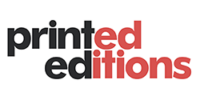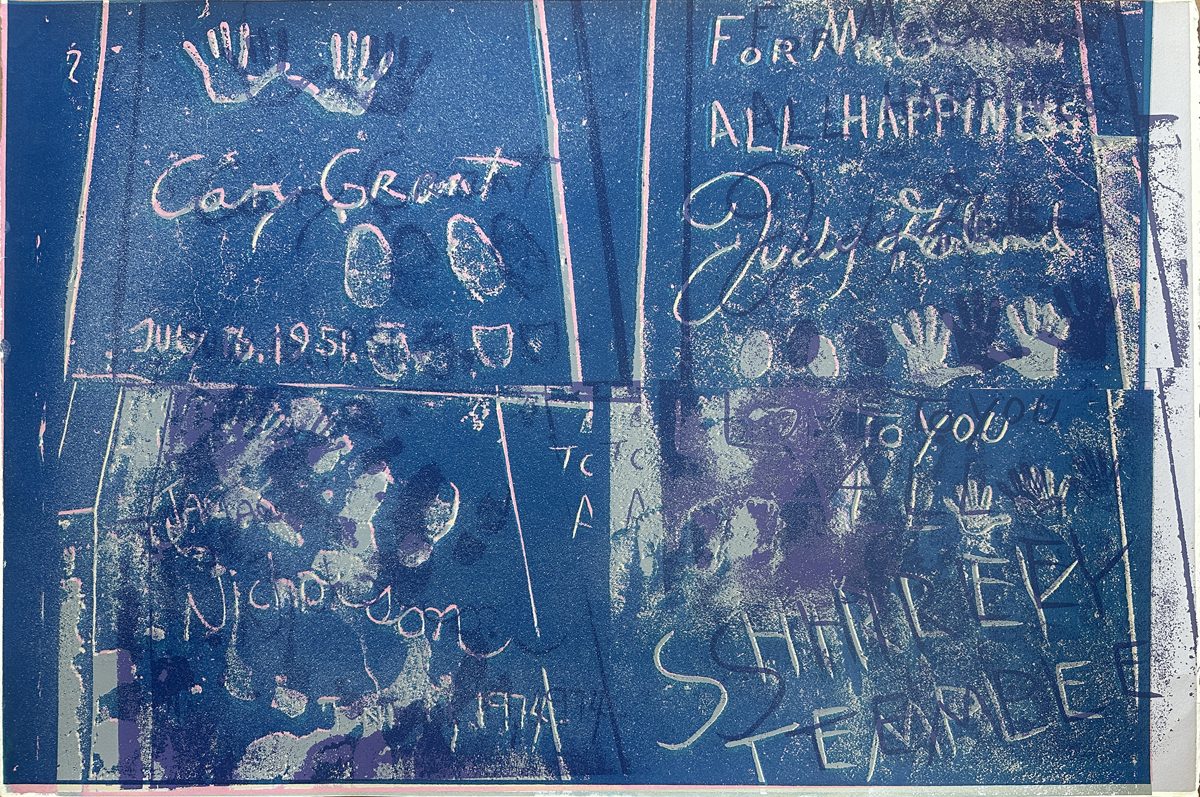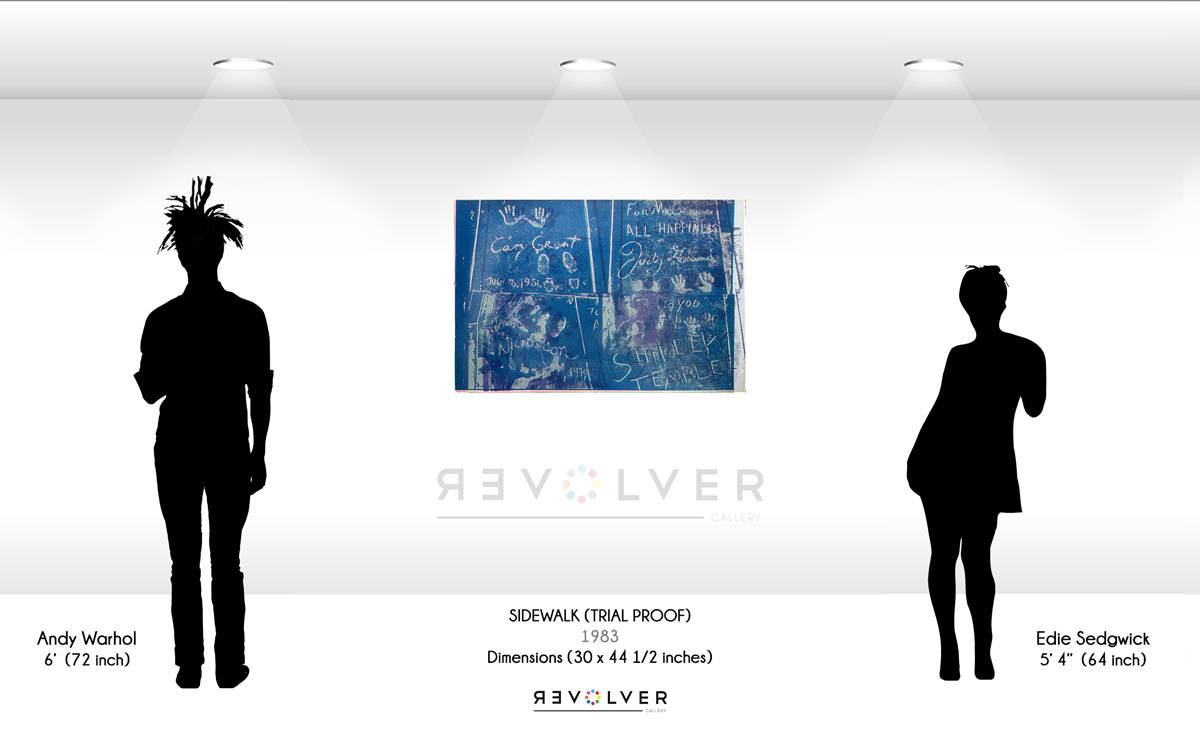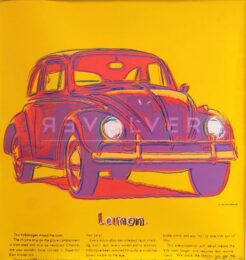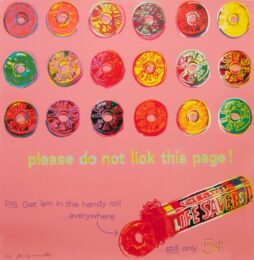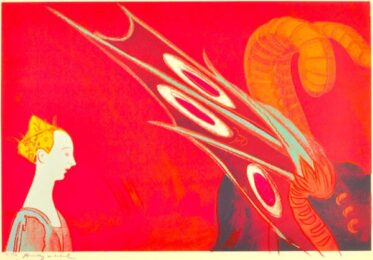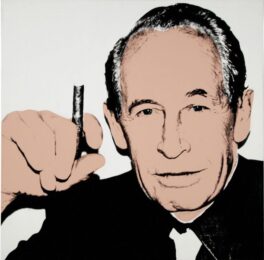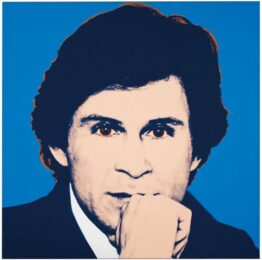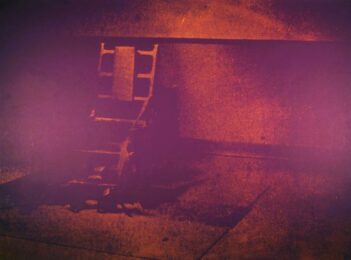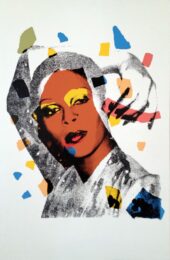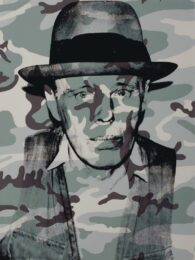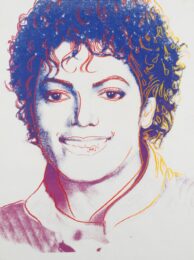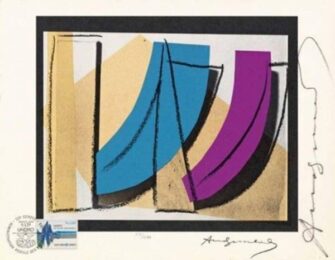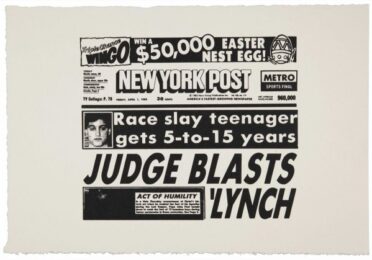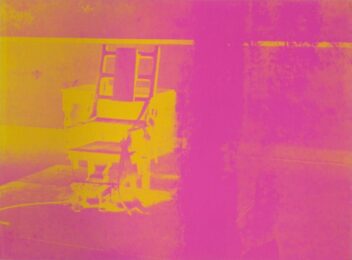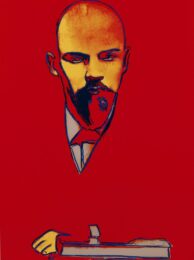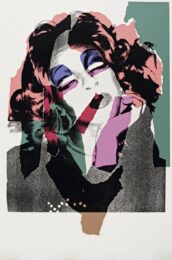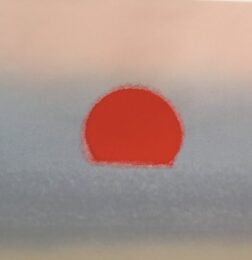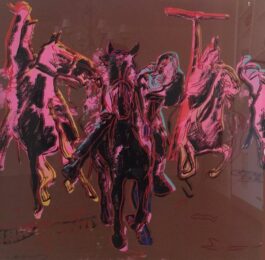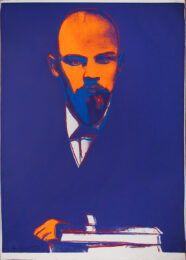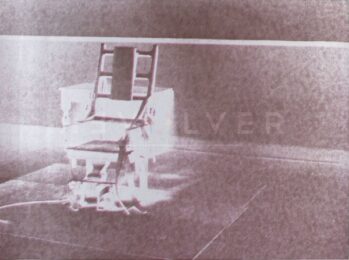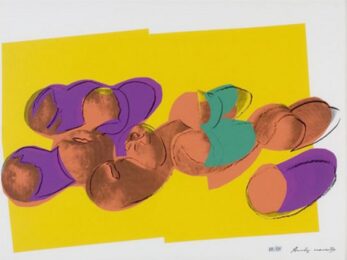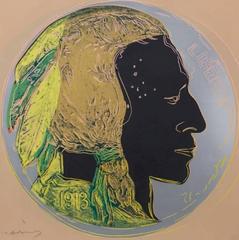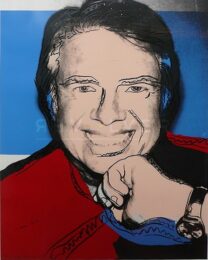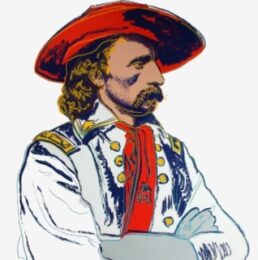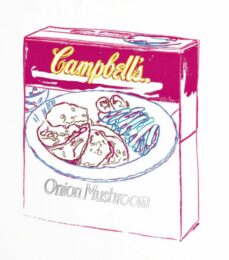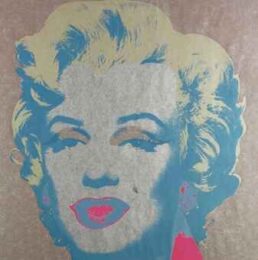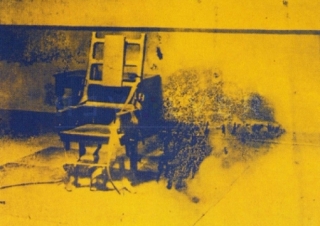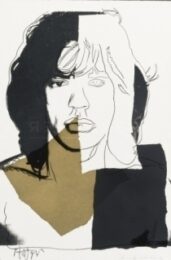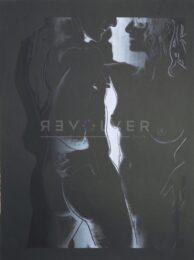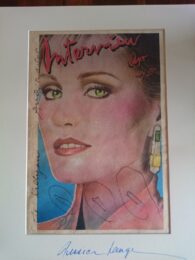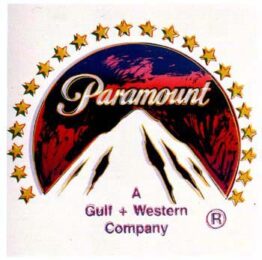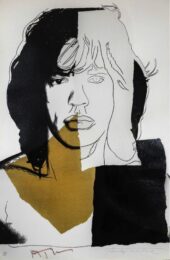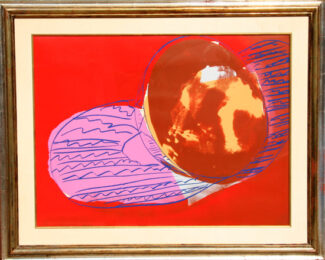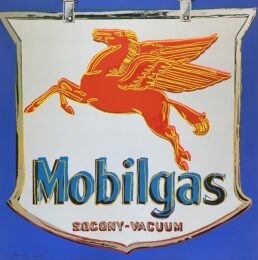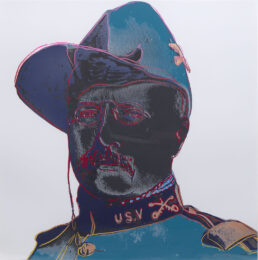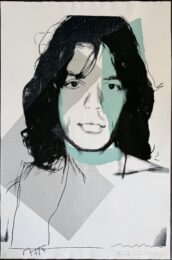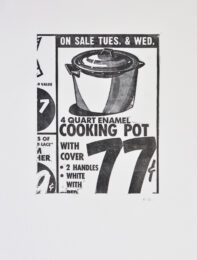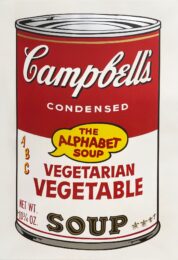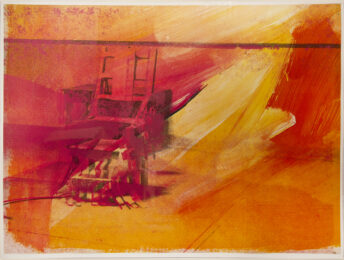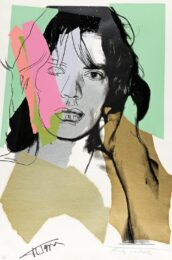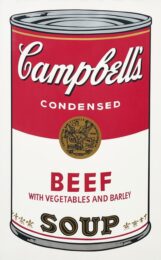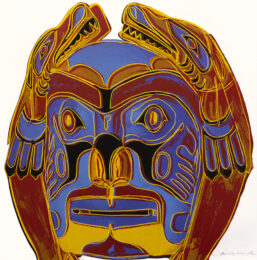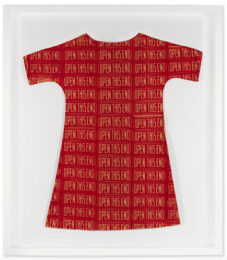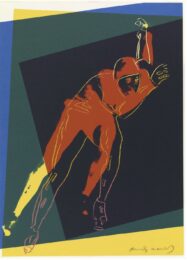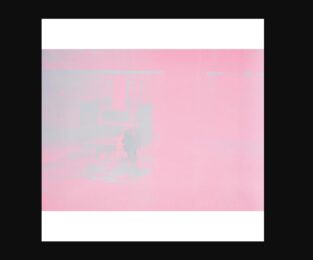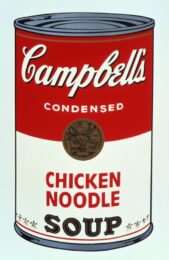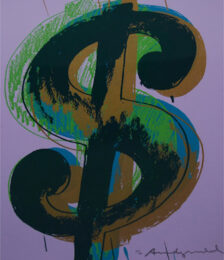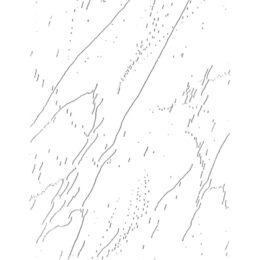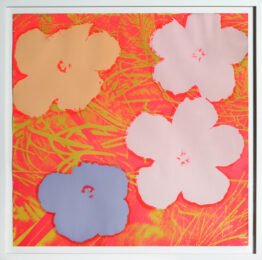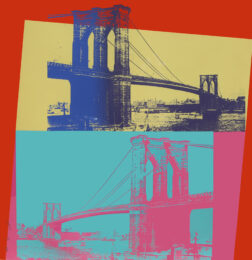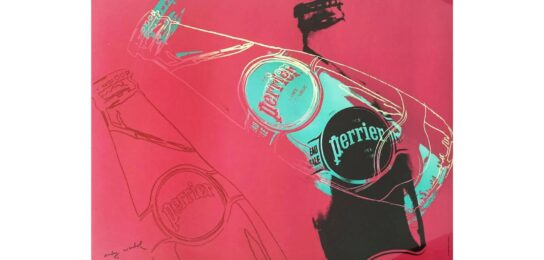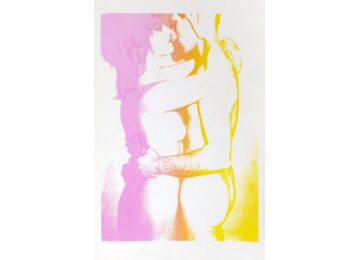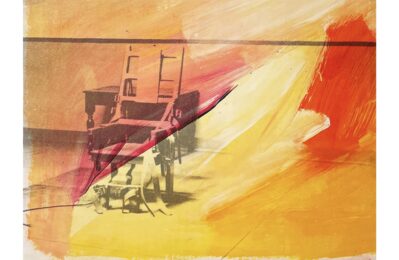Details — Click to read
Sidewalk 304 (Trial Proof) by Andy Warhol is a large screenprint that presents a cool, blue-toned field of Hollywood concrete squares. Chalky white inscriptions and impressions—Cary Grant’s bold signature and handprints, Judy Garland’s flowing dedication, Jack Nicholson’s scrawl, and “Shirley Temple”—float across the surface. Thin grid lines divide the slabs; rubbed textures and speckled voids give the image a worn, documentary feel. Warhol’s palette pushes the scene toward abstraction. Yet the celebrity marks remain legible, turning the sidewalk into a Pop reliquary. As a result, these details reveal Warhol’s evolving fascination with fame and the permanence of its symbols.
What Makes a Trial Proof Different
This impression is a trial proof (TP). In printmaking, a trial proof is pulled before the regular edition to test ink colors, paper, and registration. Warhol and the printer reviewed these tests, then adjusted screens and palette until the image achieved the desired look. Because of that process, a TP often shows variant color choices, layering, or surface effects not found in the numbered edition. It is usually marked “TP” and is considered outside, and rarer than, the standard run. Consequently, collectors prize trial proofs for the way they reveal the artist’s decisions and the evolution of the final print.
Hollywood Icons, Cast in Concrete
Sidewalk 304 translates an L.A. ritual—the celebrity handprints and signatures in on the Hollywood Walk of Fame—into Warhol’s Pop language. He isolates the famous squares and pares the scene down to names, hands, dates, and seams. As a result, the artwork reads like a collage of fame: Grant’s 1951 panel, Garland’s message “For Mr. Grauman, all happiness,” Nicholson’s mid-’70s inscription, and Temple’s child-star presence. Warhol turns these public dedications into a single image about memory and myth, where handwriting becomes portraiture and touch becomes icon.
Sidewalk 304 Trial Proof in Warhol’s Larger Body of Work
Warhol created Sidewalk for Eight by Eight to Celebrate the Temporary Contemporary (1983). This was a fundraising portfolio that brought together eight artists to support the Museum of Contemporary Art (MOCA), Los Angeles. The subject could not be more fitting. Los Angeles manufactures stardom; its museum defines contemporary art. Likewise, Warhol himself turned celebrity into his medium. Moreover, in this trial proof, the cooler blue scheme heightens the archival mood and distinguishes it from standard edition colorways. This variation underscores how Warhol adjusted palette to tune feel and meaning.
